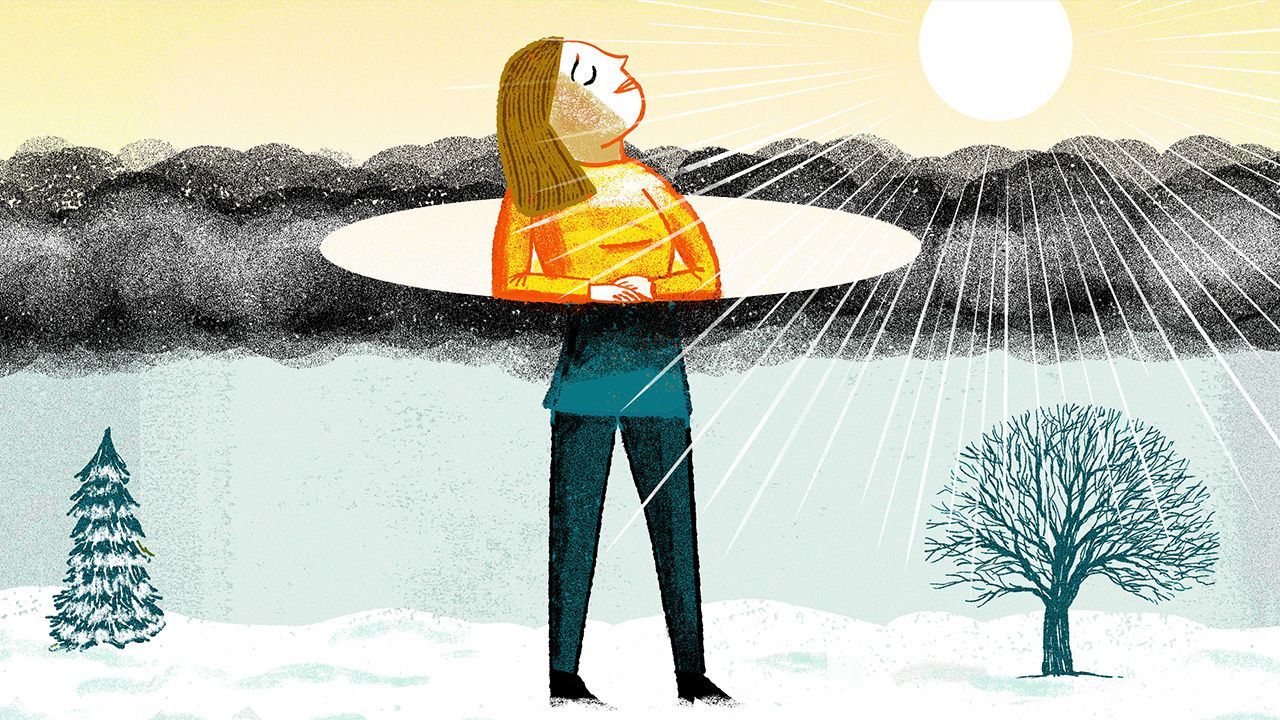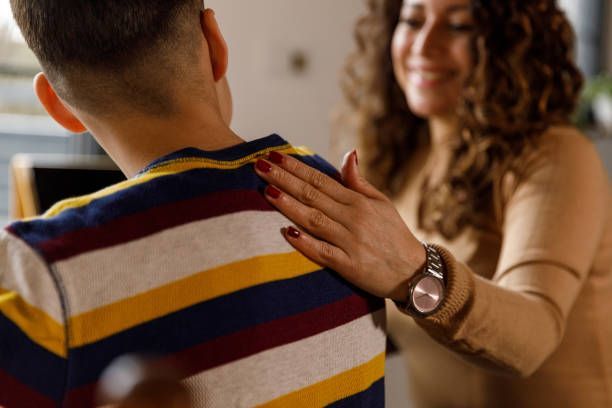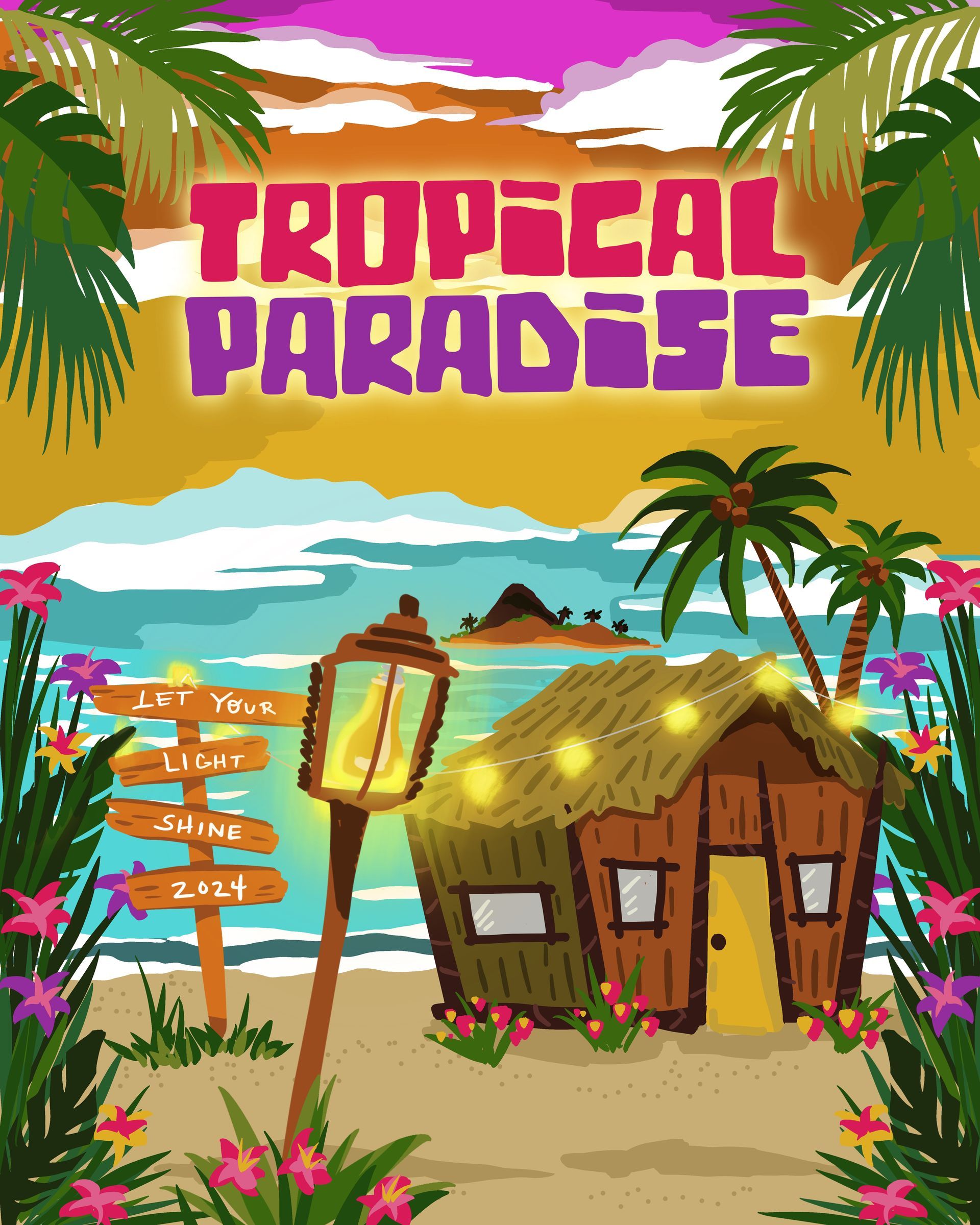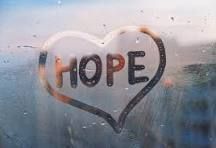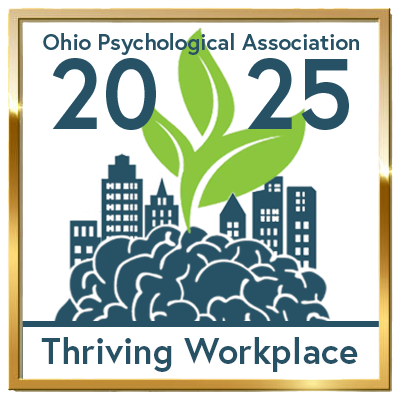When your child is born and enters the world, parents have so many hopes, dreams and expectations. Oftentimes, looking into their tiny, innocent faces, you can’t imagine the child growing up, thinking for themselves and making their own decisions.
Those decisions may include experimenting with drugs, some of which may be in your home, and/or alcohol or both. And the toughest conversation a parent can have is speaking with their child regarding the dangers of substance abuse. For many parents, just starting the conversation is the stumbling block.
Child and Adolescent Behavioral Health’s (C&A) Hannah Cowie and Deanna Hilliard will be doing an interactive presentation “Start Talking” at the Stark County District Library’s Plain Branch on Oct. 16 at 6:30 p.m. This program is part of the One Book, One Community series based on David Sheff’s book Beautiful Boy, which tells the story of one father’s journey through drug (meth) addiction.

Starting the conversation
The best tips to start an open conversation are showing genuine interest in your child’s interests. For example, if your child enjoys playing a sport or going on walks; begin the conversation shooting baskets, playing catch, going for a walk or hanging out at the mall. Know your facts about drug addiction before the conversation and listen and be respectful of what your child is saying. Then continue talking to your child adding additional information in follow-up talks. The conversations should always take place in a safe environment for both the parent and child.
Start Talking is a state of Ohio initiative and resource that parents can access at www.starttalking.ohio.gov. There is a video on the website as an introduction for families to view. The YouTube video is raw, genuine, direct and speaks openly to the opioid epidemic. The opioid epidemic is based on prescription pain medication that is found in many households. Start Talking: Parents 360Rx provides a tool kit to share information on the opioids plague. It also provides two monthly tips for ongoing talking points. This kit educates parents and kids about the real dangers of medicine abuse.
Kids are always watching
The website also offers age appropriate conversations to have beginning as young as the age of 2 up to teenagers and into young adulthood. At age 2, kids are curious about medicines they see parents taking and provides talking points for what a parent’s response should be. Parents can talk about the difference between real life and make believe.

Oftentimes, kids will imitate the behavior their parents are modeling. When having a discussion with your child, it would be the parent’s discretion to share if they experimented in their youth and perhaps the consequences. If the parents did experiment, this would add validity to the conversation.
“Kids are in-tune to what their parents are doing,” said Cowie. “Parents should be modeling healthy behavior. Parents need to emphasis their kids should be legal, responsible and respecting the law and their bodies. Our brains are still developing to age 25.”
If kids are in a situation where parents are modeling bad behavior and need help; kids should reach out to their community to provide safe places – neighbors, grandparents, counselors and teachers.
Parents need to be prepared during these conversations to hear that their child may have already experimented with substance abuse – alcohol, vaping or opioids. Cowie said if kids say they have experimented then parents need to try to keep their cool when addressing this. “You want your child to feel comfortable and know they can talk to you about anything; now or in the future.” Research suggest parents try to find out the reasoning behind the experimentation or use.
Oftentimes that experimentation comes from curiosity but also peer pressure. Parents need to pay attention and see if their child is hanging out with a different crowd. At that point, a parent can acknowledge disapproval; ask questions; and turn the negative into a positive and redirect.
Taking the pledge
The Start Talking program offers a pledge for kids to talk about not using alcohol, tobacco or other drugs.
Cowie and Hilliard’s presentation will be an interactive presentation. They will show a video, present facts, take questions and present real-life scenarios and ask the audience how they would handle the situation.
C&A offers services for children who are addicted to substance use. For more information, contact C&A at
330-433-6075.
#####
C&A is Stark County’s premiere mental health agency providing a single point of contact to families seeking social, emotional and behavioral services for the past 44 years. C&A’s expert psychiatrists and clinicians focus exclusively on children’s behavioral and emotional well-being and serve children ages 0 to 24. C&A has four locations – Alliance, Belden, Canton and the Plain Community Campus and has convenient day or evening hour appointments. C&A also provides school-based counseling in eight Stark County school districts totaling 50 schools. C&A successfully assesses children’s needs and provides appropriate prevention and treatment, and has a 98 percent client satisfaction rating.
RECENT POSTS



